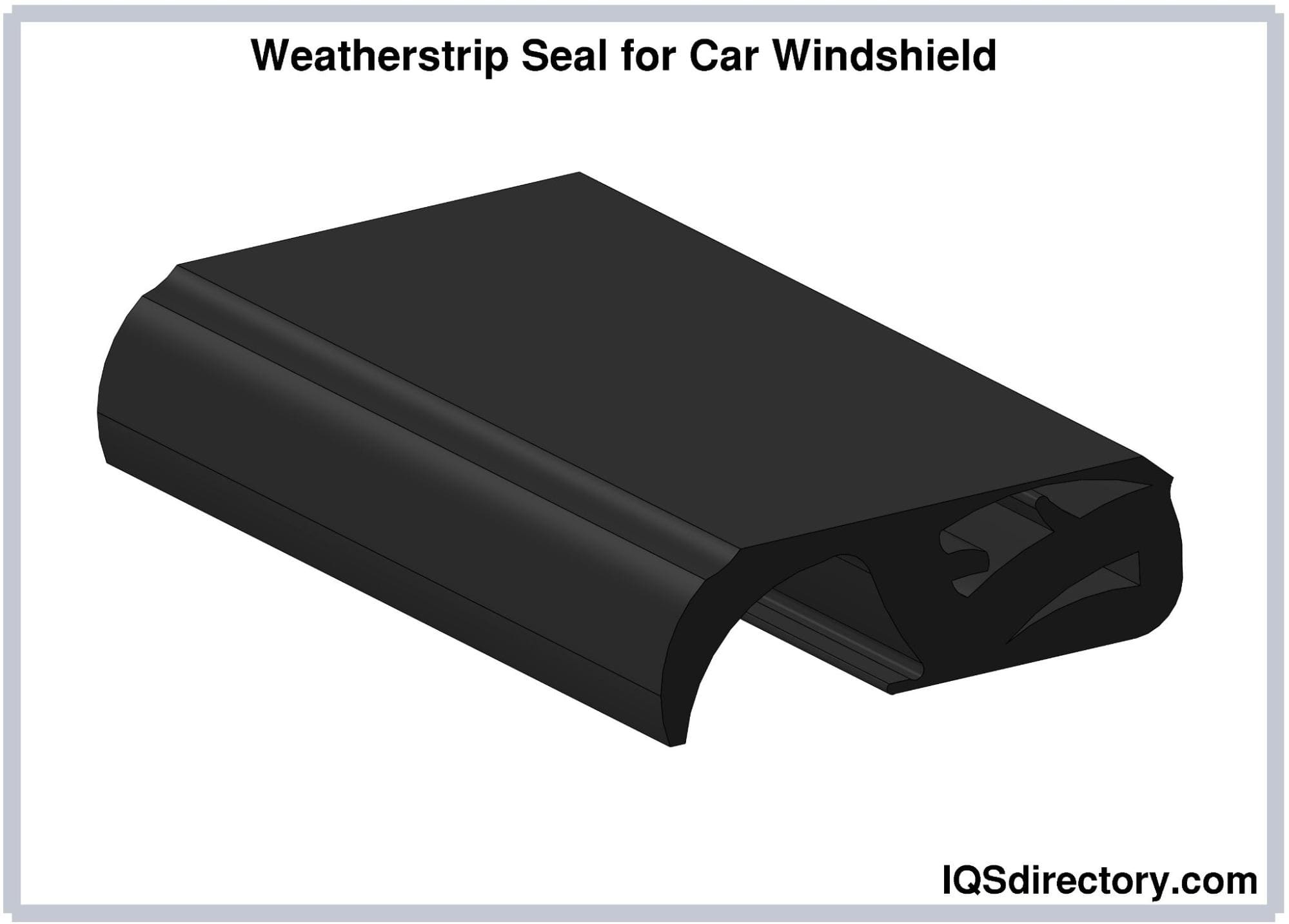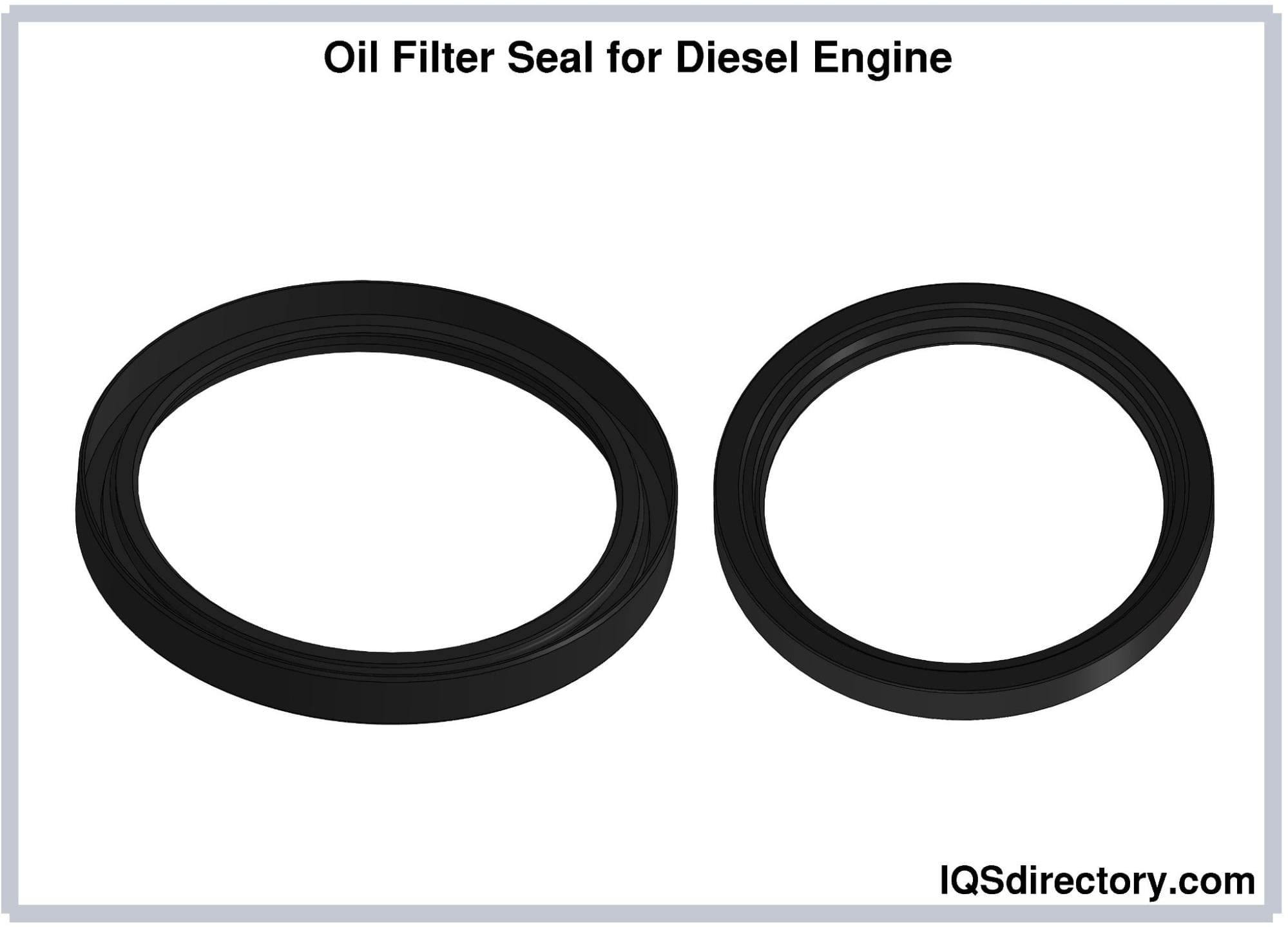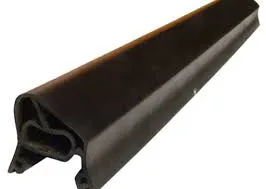How Rubber Seals are Made
İyn . 28, 2024 12:00 Back to list
How Rubber Seals are Made
How Rubber Seals are Made
Rubber can be formed and reinforced using several techniques. Although extrusion and injection molding are the most popular thermoforming (heat forming) technologies, rubber seals can also be produced in other ways. Extrusion is the process of forcing molten rubber through a die, which is a hole in a metal plate that has been precisely formed.
By forcing molten rubber through a die, which takes the shape of the die, long profiles, strips, and channels can be made. Extrusion is generally utilized in rubber seals to produce long, thin seals for moisture management. Weatherstripping and rubber trim are two examples of extruded rubber seals.
Using injection molding, more advanced and specific rubber seals may be created. During injection molding, molten rubber is pressed into a mold cavity with the required seal shape. When the rubber is released from the mold, it cools, hardens, and transforms into a finished rubber seal. When a seal must fit into, around, or between surfaces, non-extruded rubber sealants are utilized. These sealants are frequently designed to be applied by end users as liquids or gels that quickly harden. Caulking and waterproofing materials are examples of applications for these different types of sealants.

Materials Used for Making Rubber Seals
EPDM
The synthetic rubber known as EPDM, referred to as ethylene propylene diene monomer, is incredibly adaptable. Because the material is designed to withstand wear and aging from ozone, sunshine, water, and other naturally-occurring elements, EPDM is frequently utilized for seals found in outdoor situations. In addition, with its lightweight, compressibility, and ease of die-cutting, EPDM is an affordable rubber material for door seals and other exterior applications.
Silicone
Silicone, with a working temperature range of -150 to 480° Fahrenheit, easily manages hot and cold situations. In addition, silicone is a desirable material option for die-cut, extruded, or molded seals because it has a high compression set and rebounding qualities.
Nitrile and Neoprene
Both Nitrile and Neoprene are incredibly valuable materials for applications involving oil. Each material is designed to handle challenging contaminants, including acid, ozone, and oil. The predicted exposure to oils is different between Neoprene and Nitrile, though. While Nitrile works best for seals constantly exposed to oil or in locations where the oil is highly concentrated, Neoprene is designed to endure occasional exposure to oil and fuel.
Viton®
This substance has a high tensile strength, a low compression set, and great chemical resistance. This combination makes it a strong sealing option for temperatures up to 400° Fahrenheit or for intermittent usage at temperatures up to 600° Fahrenheit.
neoprene rubber gasket with customized size and color sealing water and rubber flange gasket
PVC
PVC is resilient to weather, oils, greases, and chemicals while being robust, light, and durable. PVC also has the benefit of being co-extruded into dual durometer parts, which makes it an ideal material for sliding parts like car door seals.
FiberFrax® and ManniGlas®
ManniGlas® and FiberFrax® are specialized seal solutions for high-temperature applications when silicone and other materials are insufficient. Both products, ManniGlas® and FiberFrax®, are built from compressed fiber materials and can endure temperatures of more than 1,000°F and 2,450°F, respectively.
Rubber Seal Applications
Rubber seals are crucial in marine and aeronautical applications where atmospheric stabilization is required. In addition, rubber seals are used in various consumer products, including garden hoses, pool pump systems, rubber gaskets for oil filters, kitchen appliances, bathroom fixtures, insulation, weatherstripping, and many more places. A rubber seal can be a gel, film, putty, or strip and stick to porous surfaces like glass, ceramics, concrete, paper, bricks, other rubber materials, textiles, leather, metal, and wood.

Advantages of Rubber Seals
Temperature Resistance
Rubber seals can tolerate extreme temperature variations and ranges. For example, silicone rubber seals can withstand temperatures up to 310° Celsius and as low as -100° Celsius. Due to this wide range, rubber seals are ideal for applications with extreme temperature variations.
Resilience
Rubber is more resilient than other materials and creates an impregnable airtight, waterproof seal. The fact that rubber is elastic and provides resistance directly proportional to pressure is even more significant. Rubber seals also keep their integrity for a long period.
Exceptional Flexibility
Rubber is used in various applications and can easily be shaped into different sizes and shapes. Common rubber seals are used on the three rings in the O, U, and V designs. Other types include bearing isolators, rotating oil seals, clearing seals, seals linked by a spring, and other seals.
Less Damaging
The majority of rubber seal types are non-toxic where they are utilized. Rubber won't damage the grooves or other elements with which it comes into contact. It also resists deterioration brought on by heat, ethylene oxide, electron beams, steam autoclaving, or gamma radiation sterilization.
Easily Sterilized
Rubber seals are ideal for the food, pharmaceutical, and medical sectors since they are non-toxic and compatible with various sterilization methods. Additionally, rubber has no impact on flavor or odor.
Choosing the Right Rubber Seals Supplier
To make sure you have the most positive outcome when purchasing rubber seals from a rubber seal supplier, it is important to compare at least 4 to 5 companies using our list of rubber seal suppliers. Each rubber seal supplier has a business profile page that highlights their areas of experience and capabilities and a contact form to directly communicate with the supplier for more information or request a quote. Review each rubber seal business website using our proprietary website previewer to get an idea of what each business specializes in, and then use our simple RFQ form to contact multiple rubber seal businesses with the same message.
-
High-Performance Oil Filter H F123 Kawasaki KL250-KLX650 | Engine Protection
NewsAug.05,2025
-
Replacement Filter Screen for Karcher SE3001 SE2001 Vacuum
NewsAug.04,2025
-
Karcher A2004 Vacuum Cartridge Filter Replacement - Durable & Efficient
NewsAug.03,2025
-
Karcher WD/MV HEPA Cartridge Filters | Dust Control Experts
NewsAug.02,2025
-
Top Window Seal Strip Adhesive Companies | Strong Weatherproofing
NewsAug.01,2025
-
Premium Oil Filter for Can-Am Outlander 2003-2017 420256188
NewsJul.31,2025

